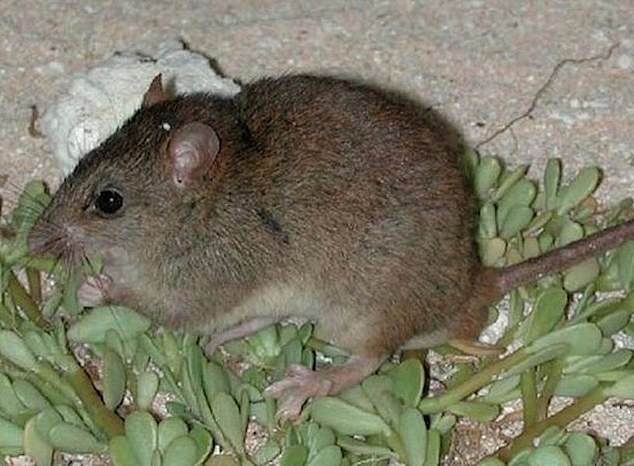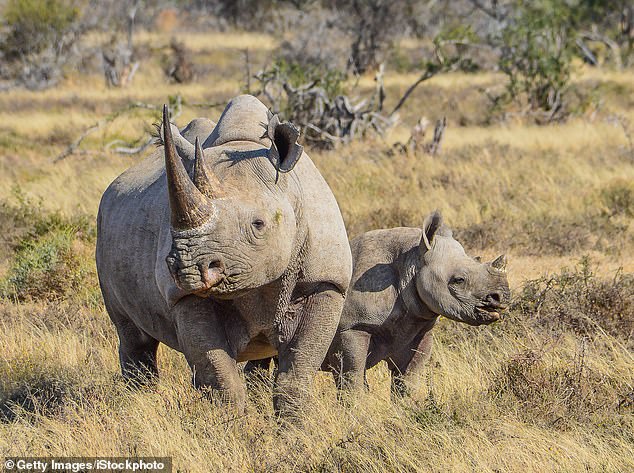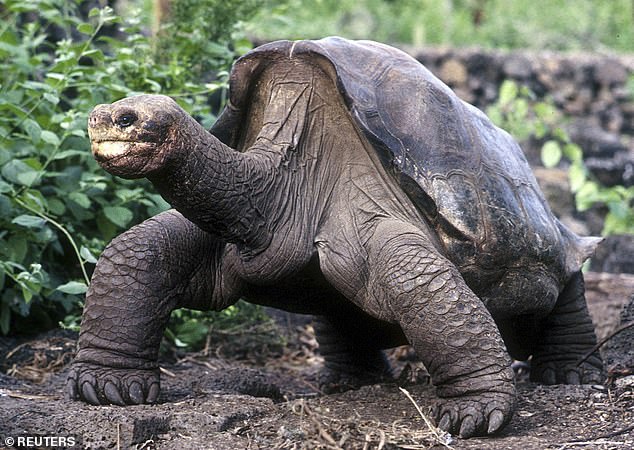When you’re as dead as a dodo, sympathy lasts a short time.
A study into the public’s response to news of a species’ extinction shows that those who use social media mourn their loss, but only for a short time, Irish researchers have found.
As the world experiences what experts are describing as the sixth mass extinction, researchers studied how people react to news of animals like the last Pinta Island turtle, Lonesome George, disappearing from the planet for good.
The team, led by the University of Galway in collaboration with University College Dublin and Maynooth University, turned to data and the world of ‘culturomics’ to measure how we respond to the demise of animals and plants and whether we mourn their loss , or that we are numb to the consequences.
Dr. Kevin Healy, School of Natural Sciences and the Ryan Institute at the University of Galway, said: ‘In our research we tracked changes in tweets and Wikipedia page visits before and after the extinction of eight species, ranging from Lonesome George, the last Pinta Island tortoise, to more obscure species such as the bean snail.’
The research team analyzed data from more than two million visits to Wikipedia pages and more than 100,000 Twitter tweets and retweets between 2007 and 2023, covering eight species that are now extinct.
The long goodbye: Lonesome George, the last remaining tortoise of his kind and a conservation hero, died in 2012

The Bramble Cay mosaic-tailed rat is another species that recently became extinct

The West African black rhino was declared extinct in 2011
These include the Pinta giant tortoise; the Christmas Island whiptail skink; the Bramble Cay mosaic-tailed rat; the Alagoas bookmark; Captain Cook’s Bean Snail; the Oahu tree snail; the Rabbs fringe-limbed tree frog and the West African black rhino, to test whether involvement increased after the extinction and how global it was.
The study found that although tweets, retweets and posts on X related to a species increased after its extinction, this was only a short-lived phenomenon.
In contrast, visits to Wikipedia pages related to an extinction event had a longer lasting effect.
Dr. Susan Canavan, from the School of Natural Sciences at the University of Galway and lead author of the study, said: ‘On the whole, it seems that people care and are saddened by the news of the extinction.
“We see that words like ‘RIP’ and ‘lost’ occur frequently, and that the location of tweets expands from close to the species range to around the world after extinction.”
Dr. Healy added: ‘People’s involvement in conservation issues, such as extinction, does matter because it can boost funding, or add support for conservation policy, and even influence conversations on controversial topics, such as efforts to save species. from extinction with the help of biotechnology.’


